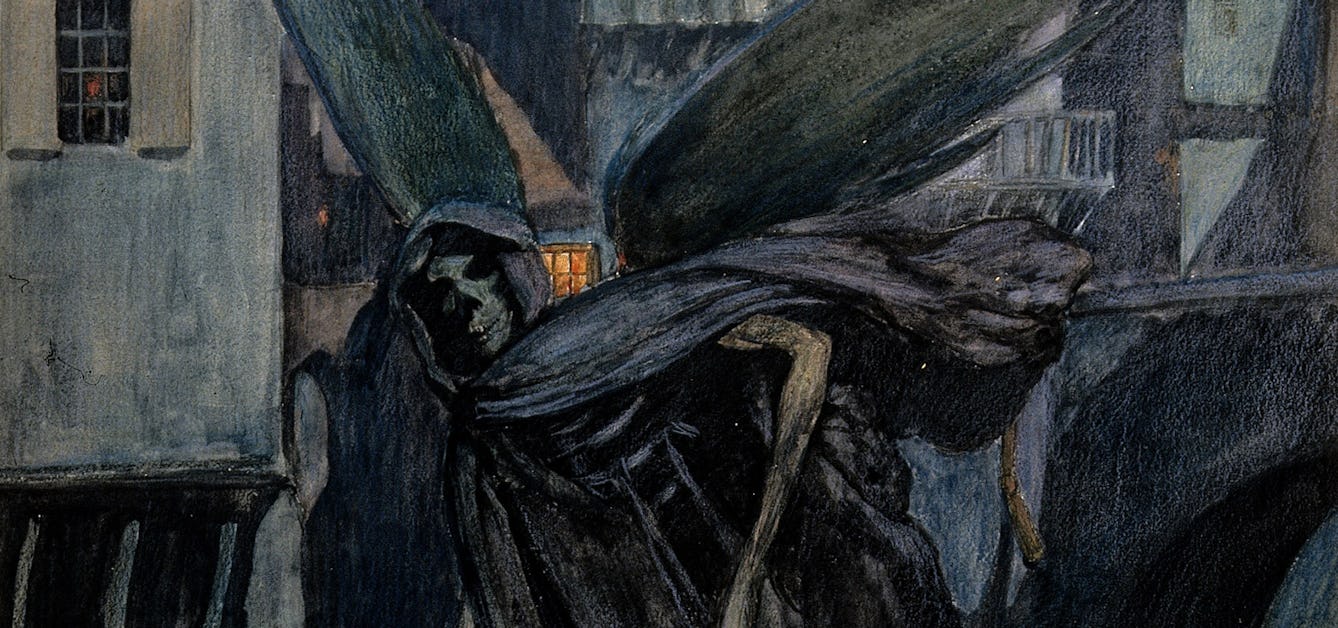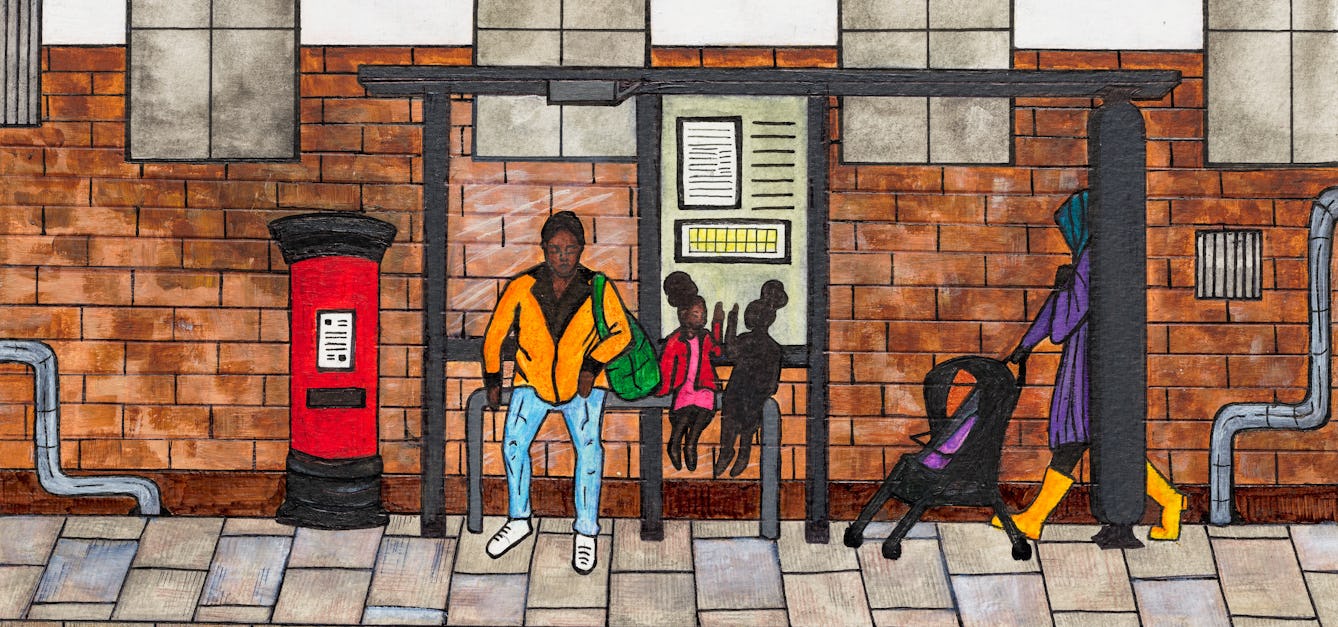Stories

- Article
My mother, and metaphors of a pandemic
A pandemic. Two members of one family, living thousands of miles apart. And months of calls and messages that helped them grow closer.

- Article
The cook who became a pariah
New York, 1907. Mary Mallon spreads infection, unaware that her name will one day become synonymous with typhoid.

- Article
When monarchs healed the sick
Our current Queen fortunately doesn’t have to spend hours laying hands on the sick to cure them. But it was a different story for monarchs of the early modern era, whose touch was a sought-after treatment for scrofula.

- Article
We need less ‘sickle cell warriors’ and more allies
Rejecting the epithet “warrior”, Cheryl Telfer describes the pervasive effect sickle cell disease has on her life, and calls for more people to donate blood to help sicklers.
Catalogue
- Archives and manuscripts
Insects as carriers of disease GHF Nuttall 1899
Date: 1899-1934Reference: PP/FPW/B.169/1Part of: Parkes Weber, Frederick (1863-1962)- Books
A historical note upon diptera as carriers of disease : Paré, Déclat / by Howard A. Kelly.
Kelly, Howard A. (Howard Atwood), 1858-1943.Date: 1901- Audio
Animals that changed the world : disease carriers.
Date: 2000
- Pictures
The tiger mosquito and the grey 'night-biting' mosquito as carriers of disease (dengue, yellow fever and filaria); advising citizens to clean up water-holding rubbish. Colour lithograph, ca. 1928.
Brisbane (Qld.). City Council. Department of Health.Date: [1928?]Reference: 562405i- Books
Notes on some Indian species of the genus Phlebotomus. Part XI, The rôle of insects of the genus Phlebotomus as carriers of disease, with special reference to India / by J.A. Sinton.
Sinton, J. A. (John Alexander), 1884-1956.Date: [1925]









